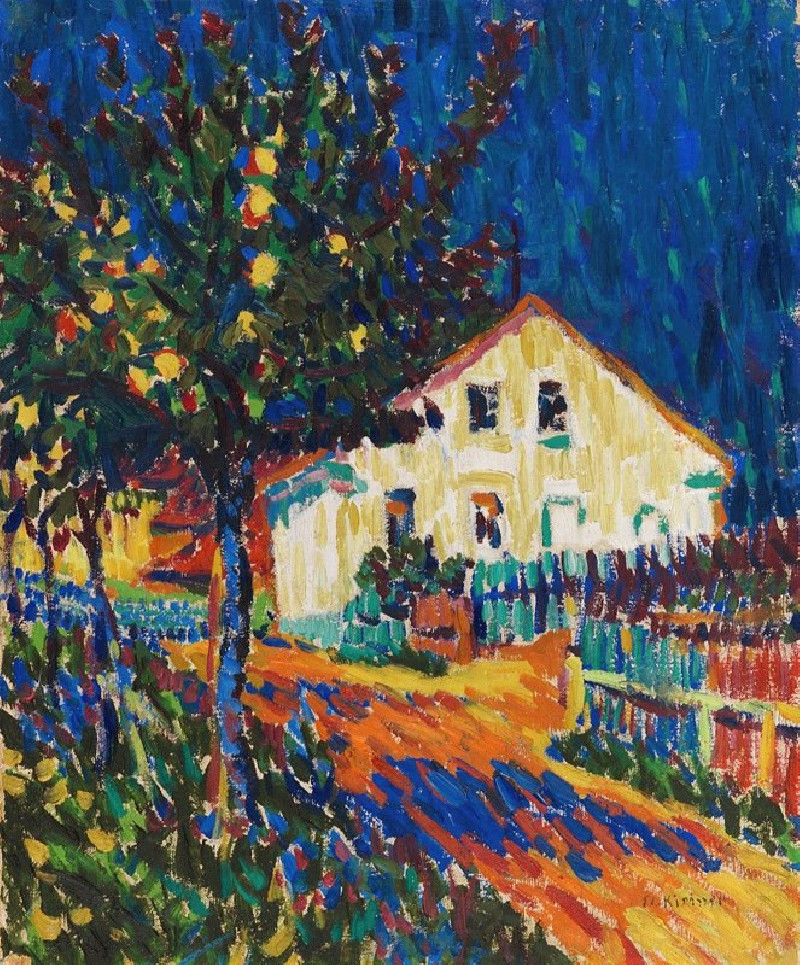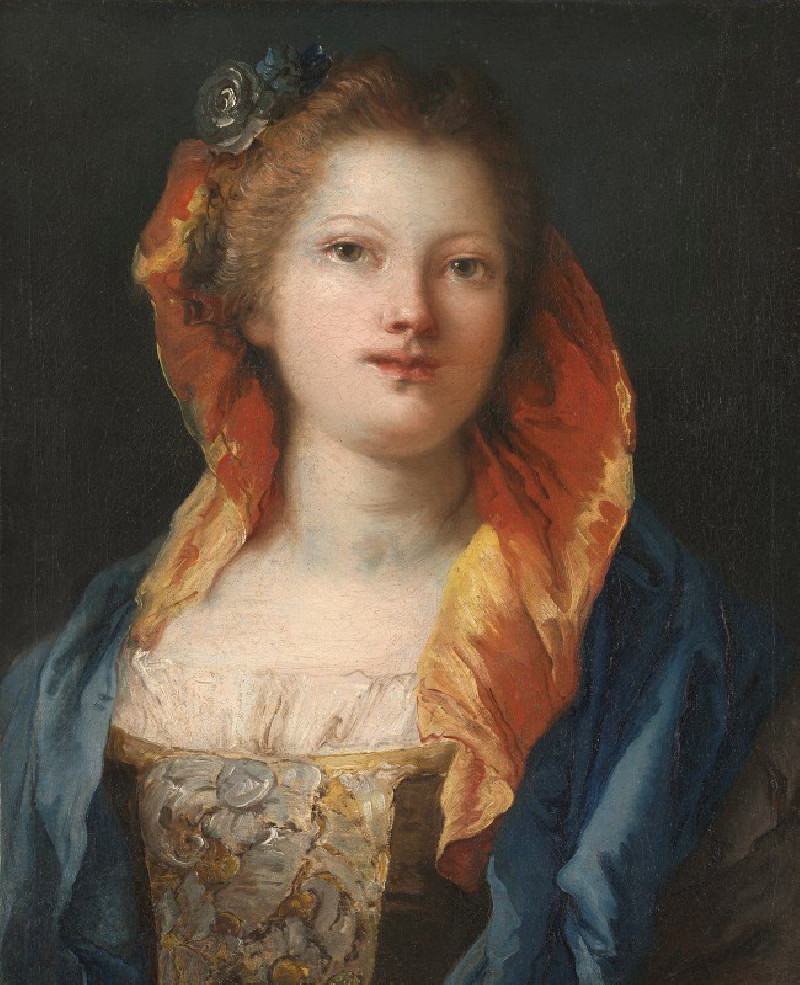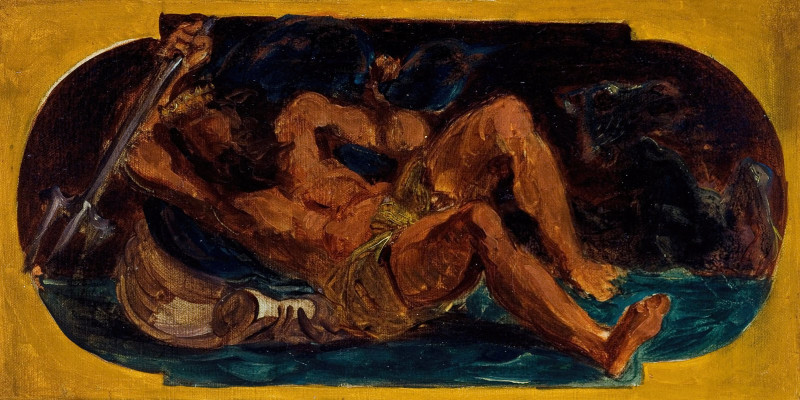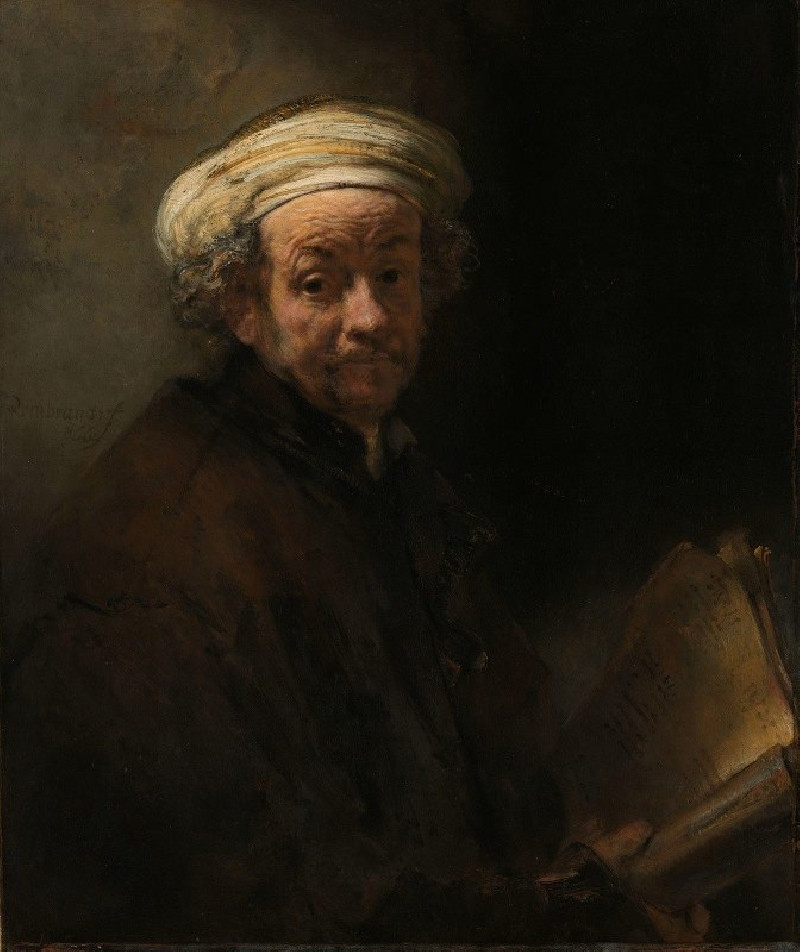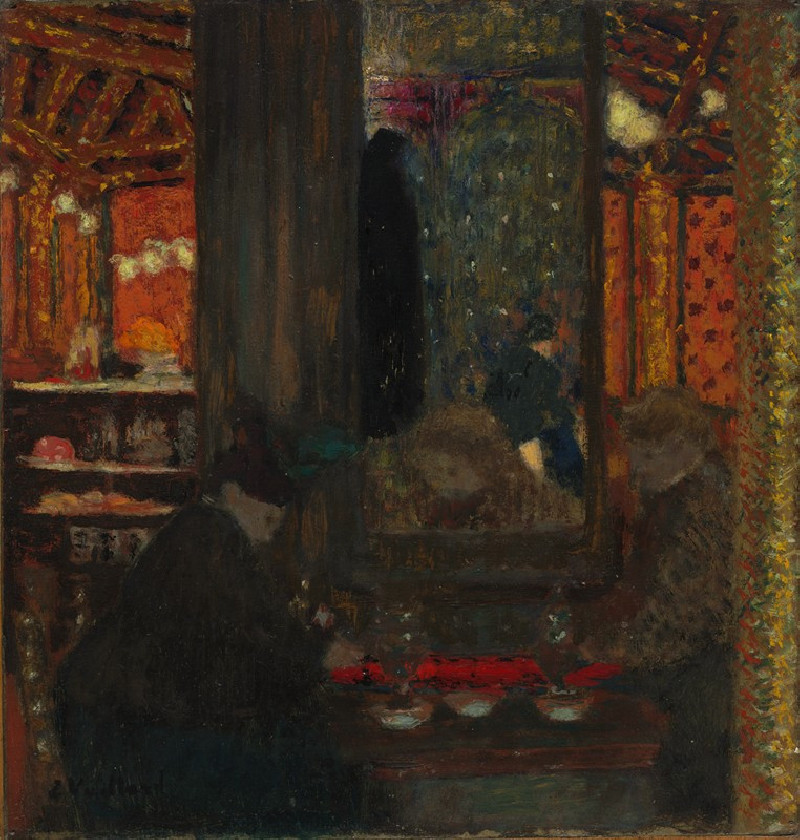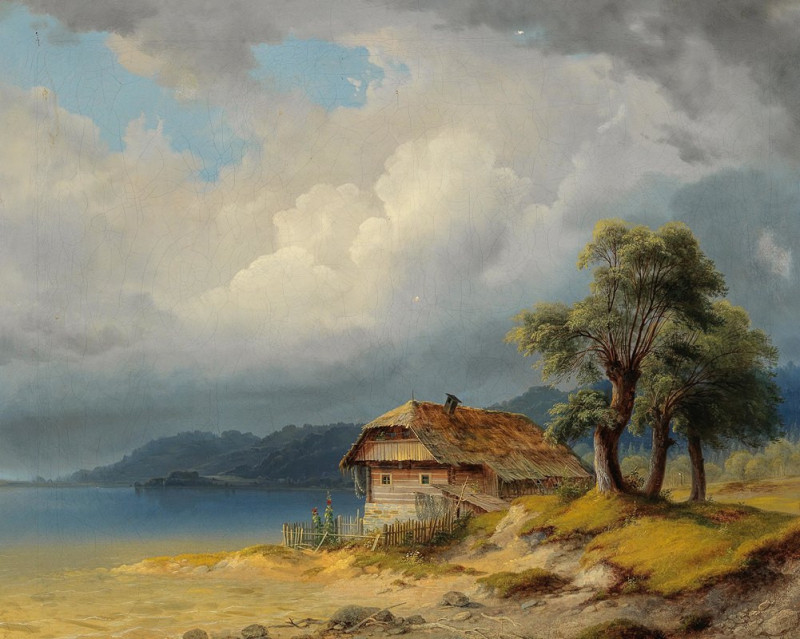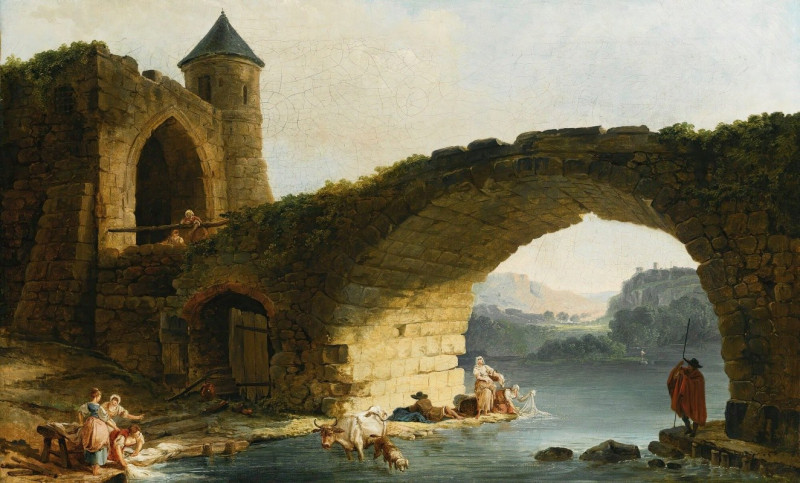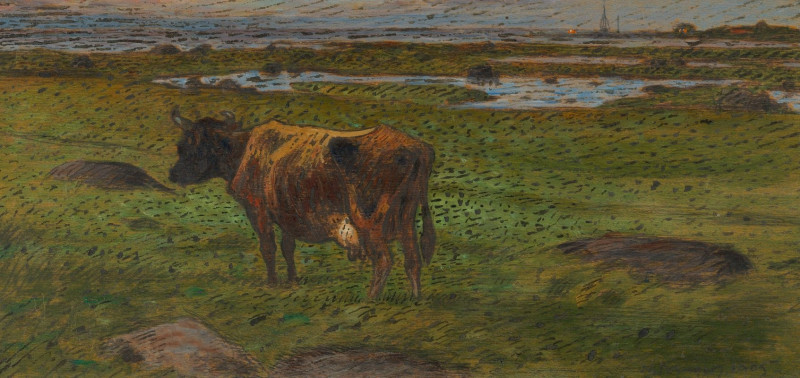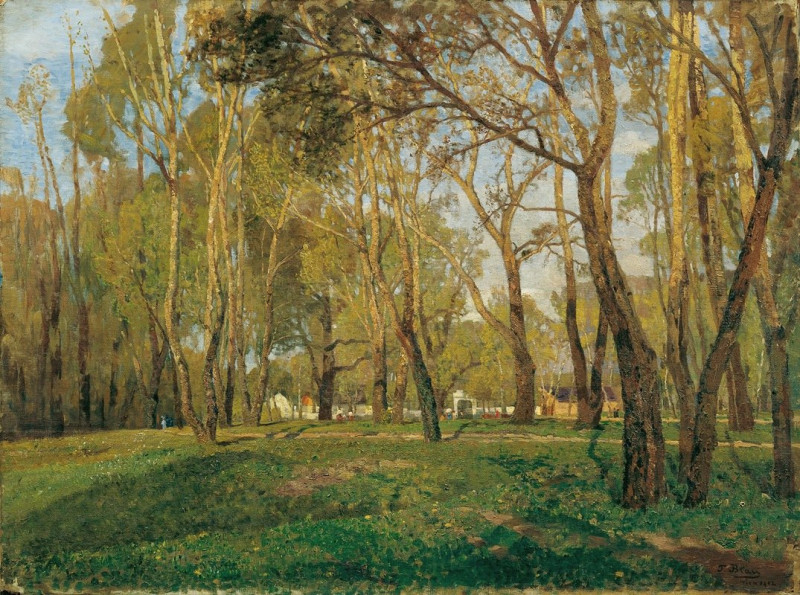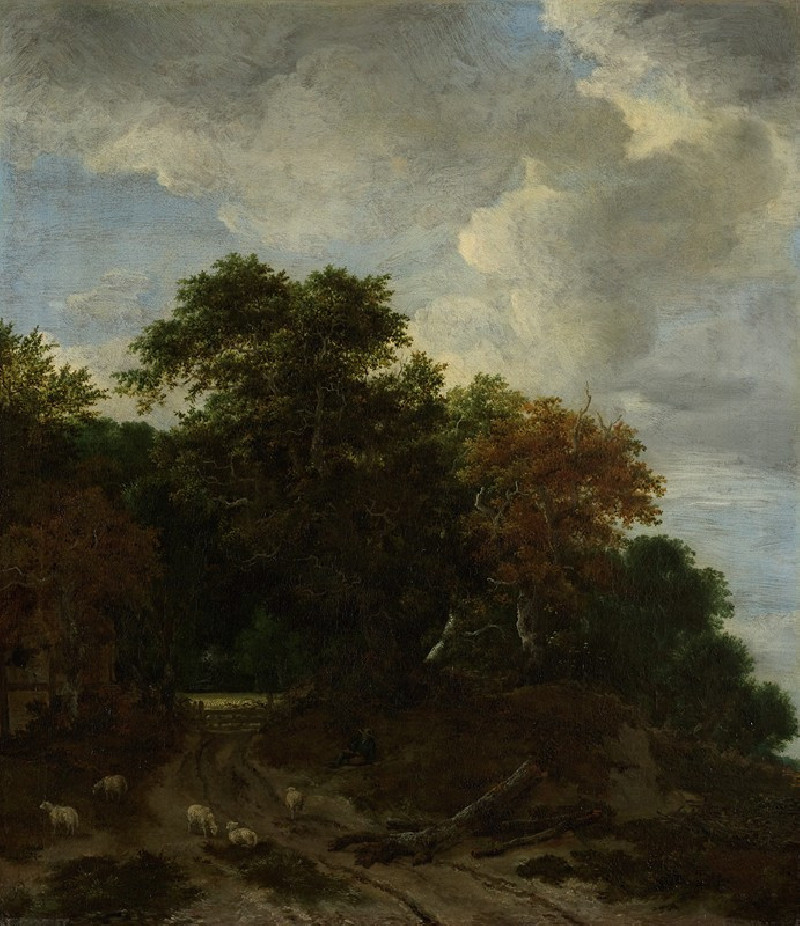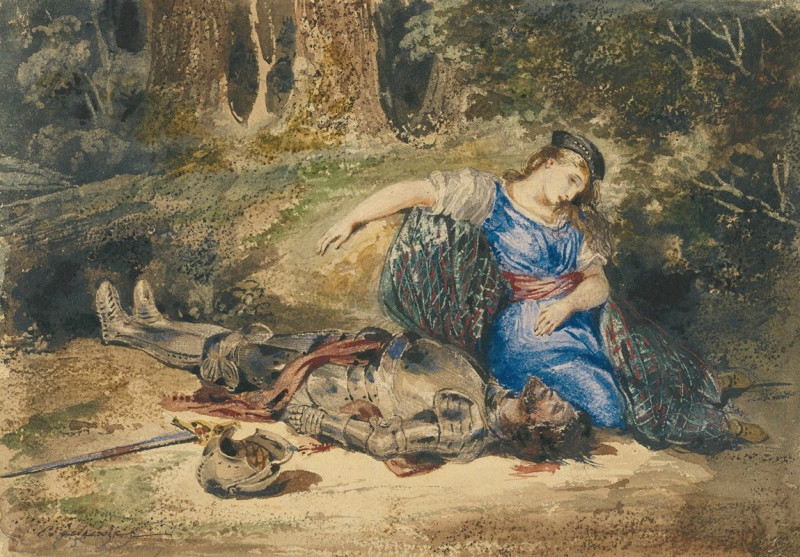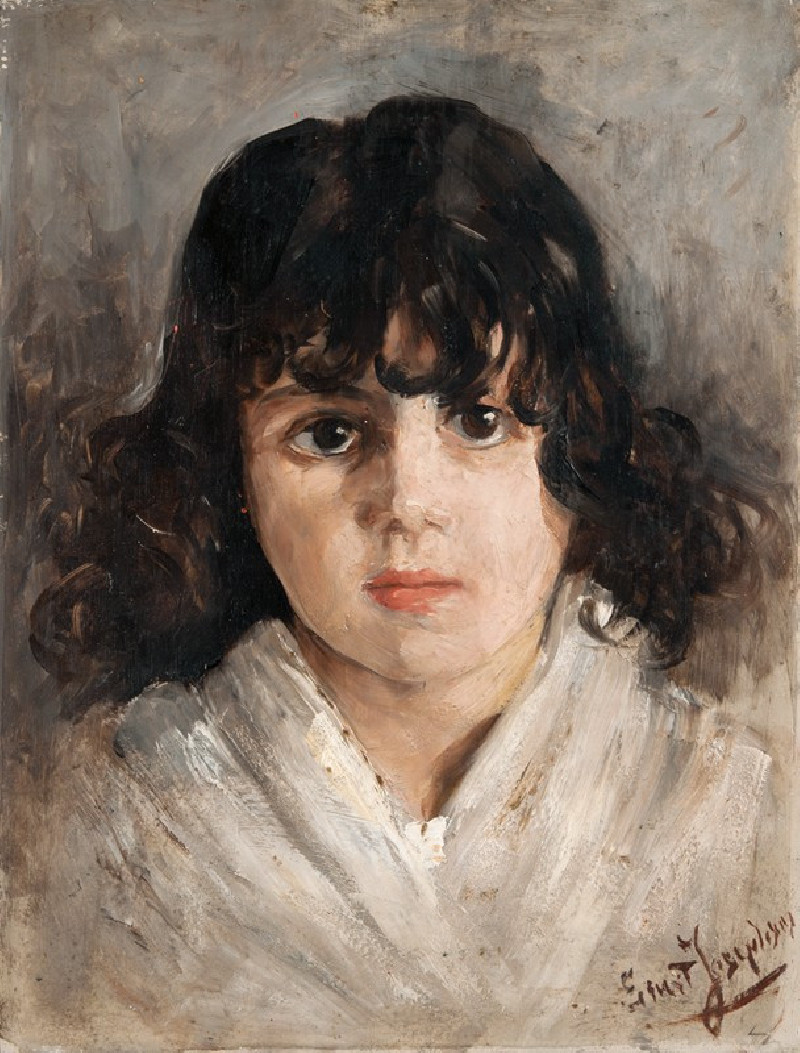Dorfstraße mit Apfelbäumen (1907)
Technique: Giclée quality print
Recommended by our customers
More about this artwork
Ernst Ludwig Kirchner's "Dorfstraße mit Apfelbäumen" (Village Road with Apple Trees), painted in 1907, is a vibrant example of the artist's early exploration into the world of Expressionism. This compelling piece invites the viewer on a visual journey through a simple yet dynamic rural landscape.At the heart of this brightly colored painting lies a rustic white house, its walls glowing with strokes of yellow and white, contrasting sharply against the surrounding deep blue sky. The house seems almost alive, buzzing with a spectral energy, nestled within the embrace of lush, multicolored foliage. Dominant in the foreground, an apple tree bursts with red and yellow fruit, each brushstroke delivering a punch of color that suggests both abundance and vitality.The painting's perspective is rendered with an electric intensity; the road, a ribbon of blues and oranges, invites the viewer into the scene, guiding them through the vivid, almost dream-like, rural setting. The fence, paralleling the road with streaks of red and blue, further frames the homestead, creating a sense of intimate enclosure.Kirchner's use of color is not just a visual tool but an emotional language, conveying the essence and energy of the scene more profoundly than a literal representation could. His technique, characterized by quick, bold strokes, captures the dynamic interplay of light and shadow, emphasizing the emotional impact of the scene over realistic detail."Dorfstraße mit Apfelbäumen" is more than just a depiction of a village road; it is an invitation to feel the pulse and rhythm of a place. Through Kirchner's eyes, viewers are transported into a world where color sings and ordinary life takes on extraordinary hues.
Delivery
Returns
Ernst Ludwig Kirchner (1880–1938) was one of the most important German Expressionist painters. He was a co-founder of Die Brücke, a group of German expressionist artists formed in Dresden in 1905. Die Brücke and Kirchner took inspiration from Vincent Van Gogh and Edvard Munch, as well as African and Oceanic art. They used woodblock printing as a medium to showcase their signature style: flat, unrealistic images with vivid colors. The recurring themes in Kirchner's artworks included exotic cultures, faraway landscapes, self-portraits, dancers and Berlin street life. His paintings and prints effectively portrayed non-European cultures despite the fact that he never traveled outside of Europe.

